ZGAR Vape Device 5.0
ZGAR electronic cigarette uses high-tech R&D, food grade disposable pod device and high-quality raw material. All package designs are Original IP. Our designer team is from Hong Kong. We have very high requirements for product quality, flavors taste and packaging design. The E-liquid is imported, materials are food grade, and assembly plant is medical-grade dust-free workshops.
From production to packaging, the whole system of tracking, efficient and orderly process, achieving daily efficient output. We pay attention to the details of each process control. The first class dust-free production workshop has passed the GMP food and drug production standard certification, ensuring quality and safety. We choose the products with a traceability system, which can not only effectively track and trace all kinds of data, but also ensure good product quality.
We offer best price, high quality Vape Device, E-Cigarette Vape Pen, Disposable Device Vape,Vape Pen Atomizer, Electronic cigarette to all over the world.
Much Better Vaping Experience!
E-Cigarette Vape Pen,Disposable Device Vape,Vape Pen Atomizer,Latest Disposable E-Cigarette OEM vape pen,OEM electronic cigarette ZGAR INTERNATIONAL(HK)CO., LIMITED , https://www.szvape-pods.com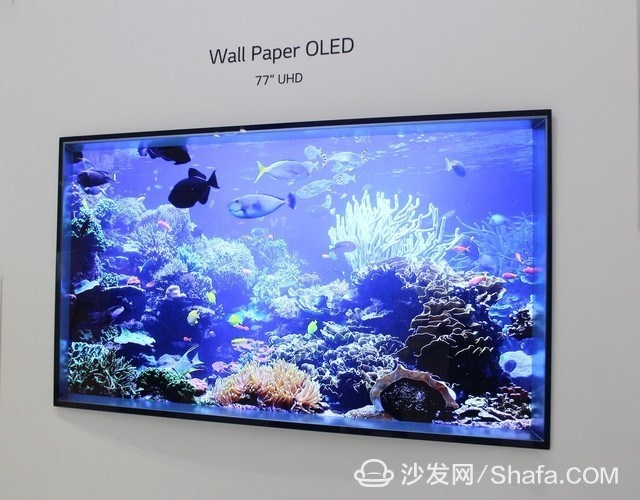
OLED popularity exceeds everyone's expectations. OLED popularity exceeds everyone's expectations. LCD TVs took over 4 to 5 years to completely replace CRTs. OLED TVs have only experienced more than 3 years since the products were introduced. Many people believe that OLED TVs are still not a climate, and LCDs will occupy the mainstream market in the future. However, the development speed of OLED technology has surpassed our expectations. At present, the life span of OLED TV panels can be ensured to be 50,000 hours or more. Through technical means, the afterimage problem can be completely eliminated; and the 55-inch and 65-inch OLED panel yields have reached more than 90% (LCD technology achieves 80% yields using a full range of In 10 years, the current LCD yield rate is about 92%. 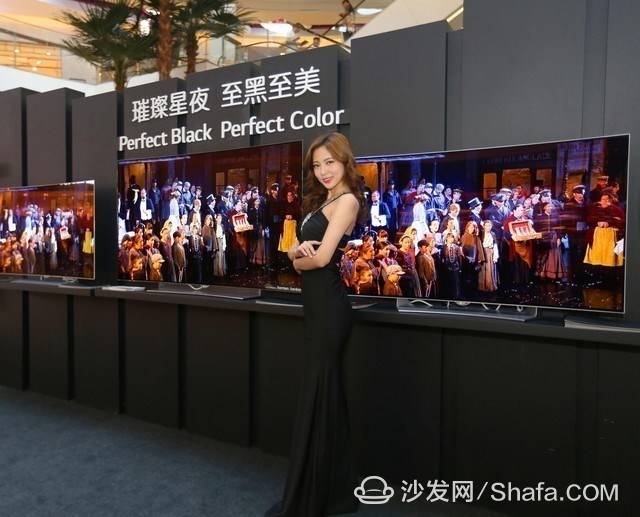

· China-Japan "chasing" layout Large-size OLED panels are led by LG Display. The mainland-based panel maker BOE also invested 10 billion to build an OLED panel factory in the first half of this year. Japanese panel maker JDI also jointly develops and produces OLED panels with JOLED. However, no matter whether it is BOE or JOLED, it can be mass-produced in small and medium size OLED panels. BOE is mainly focusing on OLED panels in the mobile phone field. JOLED mainly develops "printed" OLED panels for medical applications. As for large-size TV OLED panels, apart from LG Display's large-scale mass production, other large-scale panel makers are currently catching up.
The terminal market has confirmed the success of OLEDs. The OLED lineup has been strong enough. There is no doubt that OLED TVs have begun to dominate the high-end TV market and the lineup is also expanding. In addition to its own brand LG, Chinese manufacturers Skyworth, Konka, Changhong also introduced OLED TVs on high-end products. Philips, Metz, Grundig, Vestel, and Olufsen in Europe also use their OLED TVs as their flagship model. 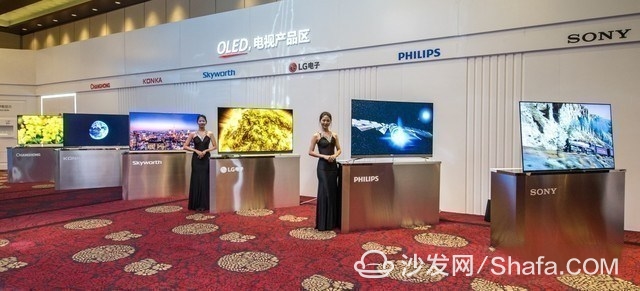
Who will be the next Chinese manufacturer to join the OLED camp?
Last month, Hisense formally acquired Toshiba Image Solutions, and we also seem to see some clues. As the leader of the Chinese market, Hisense has also achieved great success in the international market. Hisense TV, which has become bigger and stronger, has chosen to purchase Toshiba TV at this time. There is no doubt that it is seeking a strategic change. Hisense is likely to be ready. To enter the field of OLED TV preparation. 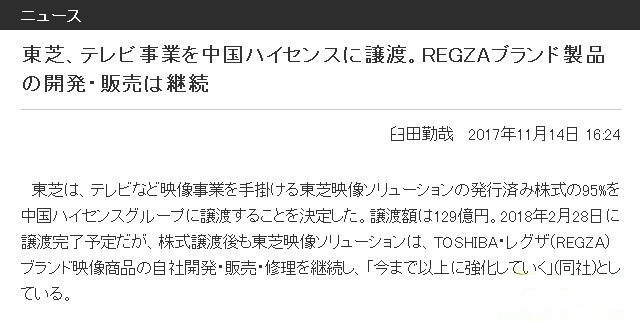
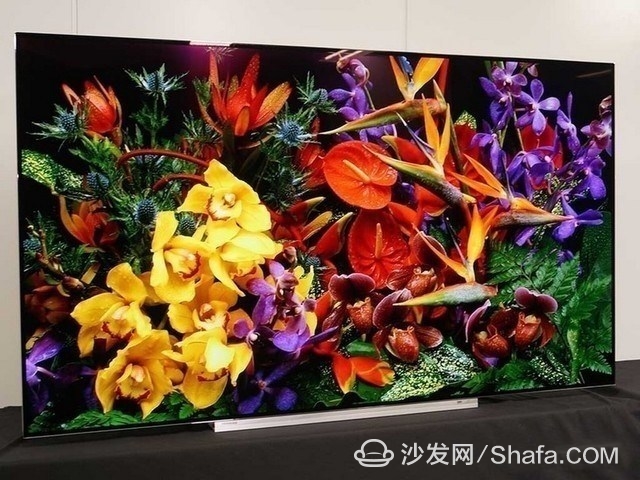
China's display industry needs "retrospection"
· Opportunity is always reserved for those who are prepared In 2007, Sony introduced the world’s first OLED TV, but due to technical immaturity and manufacturing process bottlenecks, mass production of large-size OLED TVs is a very difficult thing. Sony Finally chose to give up. Until 2013, LG Display successfully mass-produced large-size OLED panels, and also helped LG release the first 55-inch OLED TV in China, eventually allowing this technology to enter the consumer market. 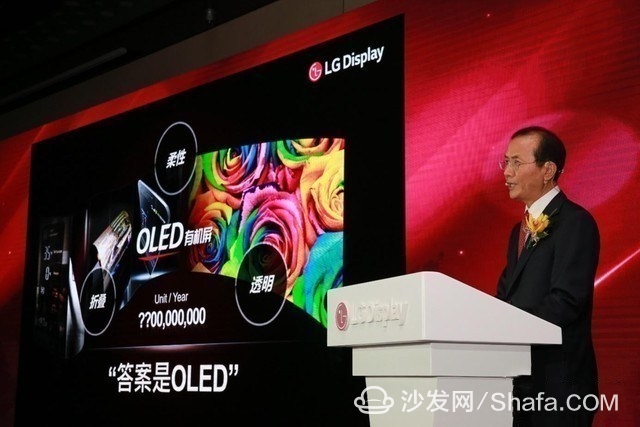
· What we lack may only be a kind of spiritual recall. In the display industry of the past decade or so, China seems to have always played the role of followers. Whether it is CRT, plasma, rear projection, LCD or current OLED TVs, we have long relied on The use of technology, panel imports, and the independent research and development of the core display technology has been at a disadvantage. Saying whether a country is strong or not depends on the innovation of technology. The technical backwardness will undoubtedly be controlled by others. 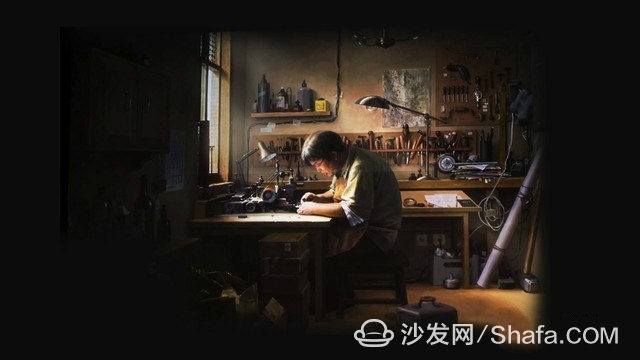
Smart TV/box information can focus on smart TV information network sofa butler (http://), China's influential TV box and smart TV website, providing information, communication, TV boxes, smart TVs, smart TV software, etc. Answering questions.
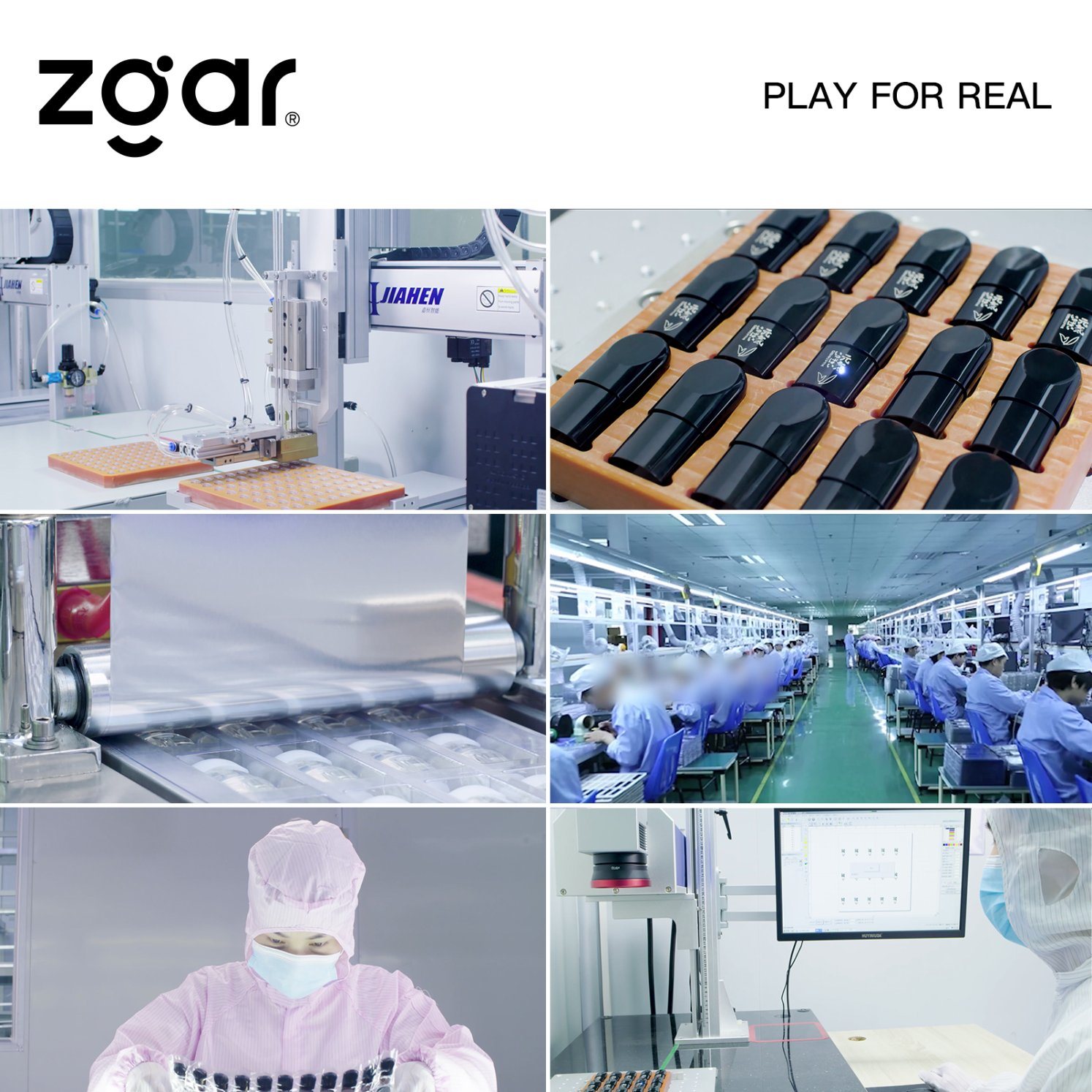

The continuous iteration of display technology has always promoted the development and upgrading of the television industry. More than ten years ago, Panasonic tried to use plasma technology to bring about a revolution in the entire display industry. However, due to technical closure and failure of the strategy, the company had already stopped production worldwide. Subsequently, the LCD technology led by Japan and South Korea has dominated the entire TV market.
Why can only South Korea produce large-size OLEDs?
Today, the display industry has ushered in a new turning point, OLED organic light-emitting diodes have been recognized as the best revolutionary technology to replace LCD, this technology is still dominated by the Korean manufacturers, and China in the LCD industry When the chain has just matured, it has to face the transition. At present, the yield of OLED panels has reached more than 90%
The issue of yield rate relates to the high and low production capacity, and the final implementation of the product has become the price issue that consumers are most concerned about. According to LG Display, in 2016, the output of OLED panels was 1 million pieces. This year, the annual output will be 1.8 million pieces, and the estimated output will be 2.8 million pieces next year. By 2020, the annual output will reach more than 6 million pieces. It can be seen that LG Display is trying to increase the production capacity of OLED TV panels to meet the needs of the high-end market. With continuous increase in production capacity, OLED TV prices are gradually falling. The current OLED TV prices have dropped to 9999 yuan
According to AVC monitoring data, from January to July 2017, global OLED TV shipments increased by 91.1% year-on-year in 2016, of which OLED TV shipments in the Chinese market increased by 109.7% year-on-year, and the market outlook is worth looking forward to. At the same time, in this year's United States Black Five, OLED TV sales increased by 2-3 times last year, 65-inch price of 3,000 US dollars, OLED TVs accounted for more than 84%, 55-inch 2000 US dollars price, OLED TVs accounted for more than 90%. More and more TV manufacturers are joining the OLED camp
The most exciting news of the OLED industry is that Sony also officially returned to the embrace of OLED at the beginning of this year, and it is expected that it will continue to introduce new OLED TVs next year. In addition to Sony's removal of Sony, Panasonic and Toshiba are also pushing out OLED TVs. It can be said that OLED technology has been widely recognized by the industry. Everyone understands that this technology will definitely eliminate the LCD. Hisense formally acquired Toshiba TV on November 14, 2017
As a traditional TV powerhouse, Japan has always had a core R&D capability in terms of picture quality. Both Sony and Toshiba have picture quality chips for OLED panels, of which Toshiba uses the unique OLED Engine Beauty Pro picture quality engine technology. The famous super resolution technology has sufficient protection in terms of picture quality. For Hisense who has not yet stood in line, after acquiring Toshiba, OLED is a technology that can be used immediately. Toshiba OLED TV
At this point, China's five major TV manufacturers have already had three lineups of OLEDs, and Hisense is likely to launch OLED TVs next year. It is believed that it will not take long for the entire TV market to enter the OLED era dominated by LG Display. LG Display succeeded in mass production of large-size OLED panels through unremitting efforts
In fact, since the birth of OLED was not favored, since Sony gave up this technology, the industry generally believes that the production of large-size OLED is impossible, no fundamentally overcome 10 years. However, LG Display still did not stop the pace of advancement, and successively overcame difficulties in the manufacturing process and large size. It was wise that LG Display was able to overcome the spirit of large-size OLEDs. The current maximum size of OLED TVs has risen to 77 inches, and it is reported that it will continue to expand to more than 80 inches in the next year. Maybe what we lack is only a spirit of craftsmanship
In the previous few days, the author visited the LG Display factory in South Korea. During the process of communicating with their technicians, you can see a R&D staff showing passion and dedication to the technology. Every OLED product is like a few treasures. It also reminds me that The spirit of the tradesman. Perhaps we have been lagging behind in the field of display. What is missing is not the accumulation of technology. Instead, it lacks the spirit of maximizing technology, irrespective of utilitarianism and time. March 03, 2023